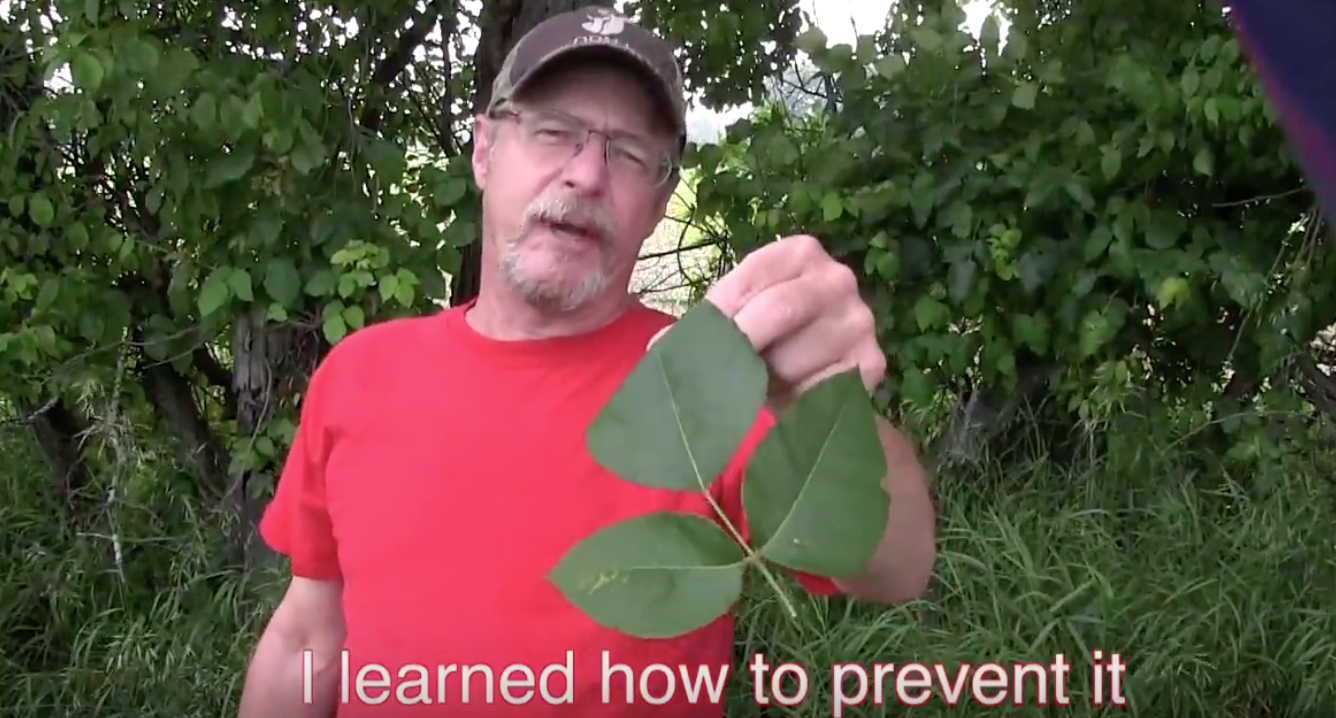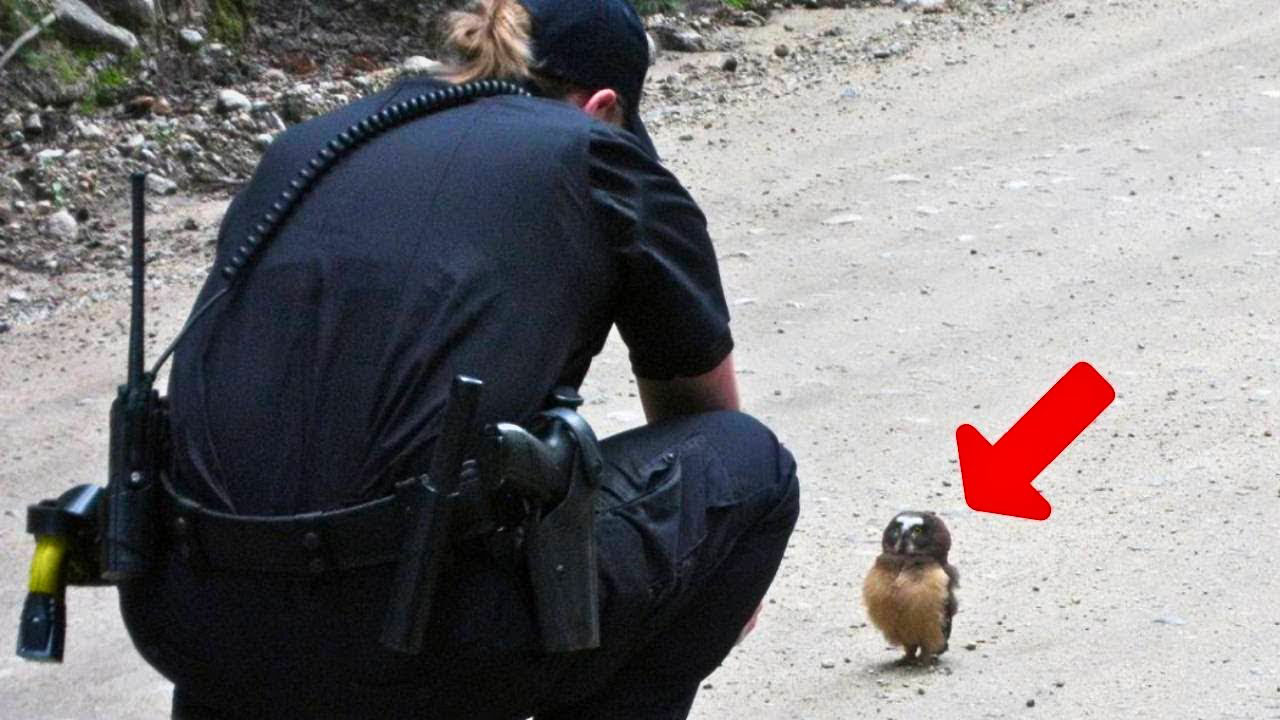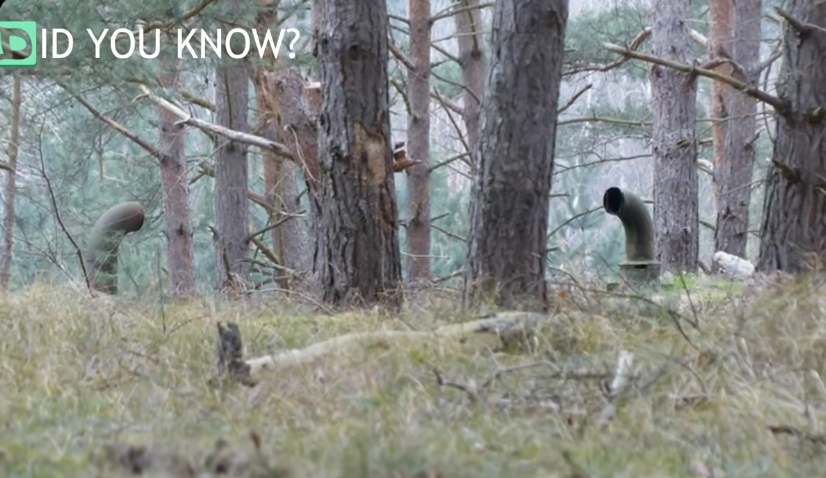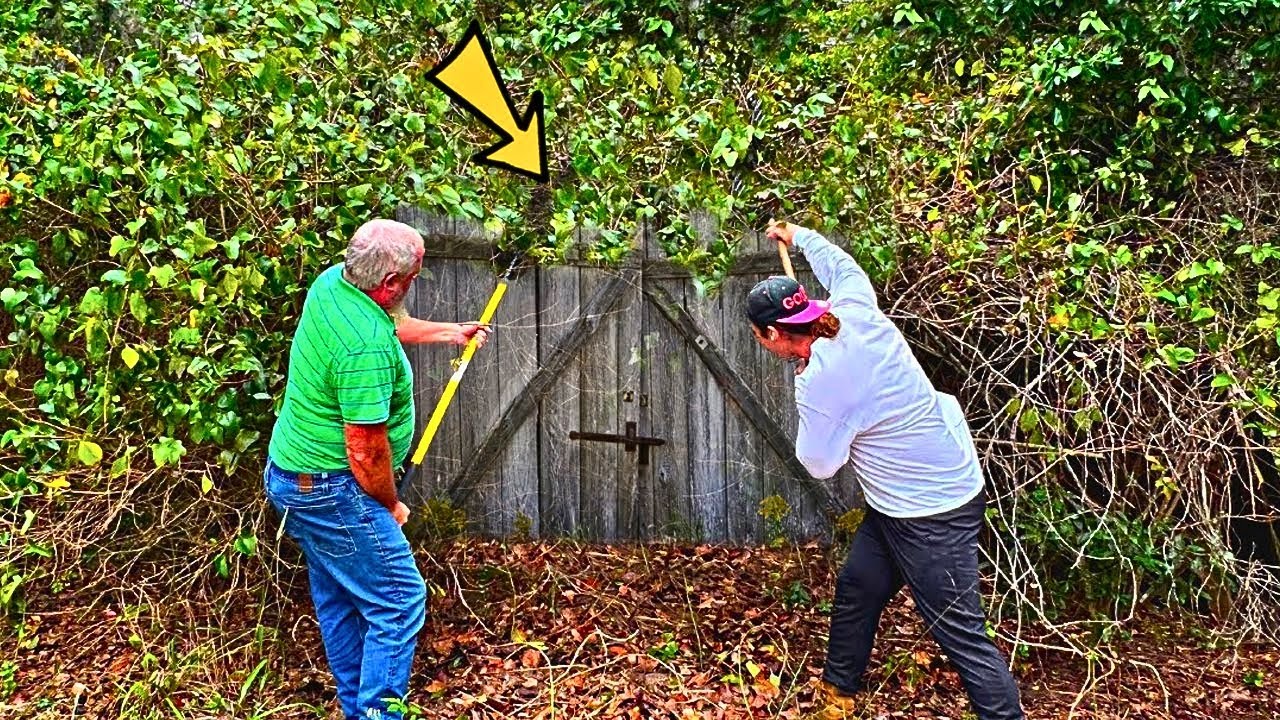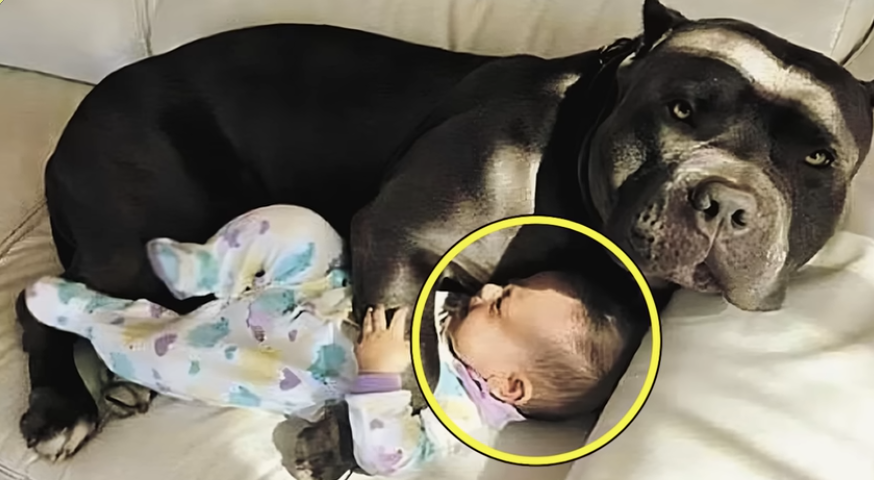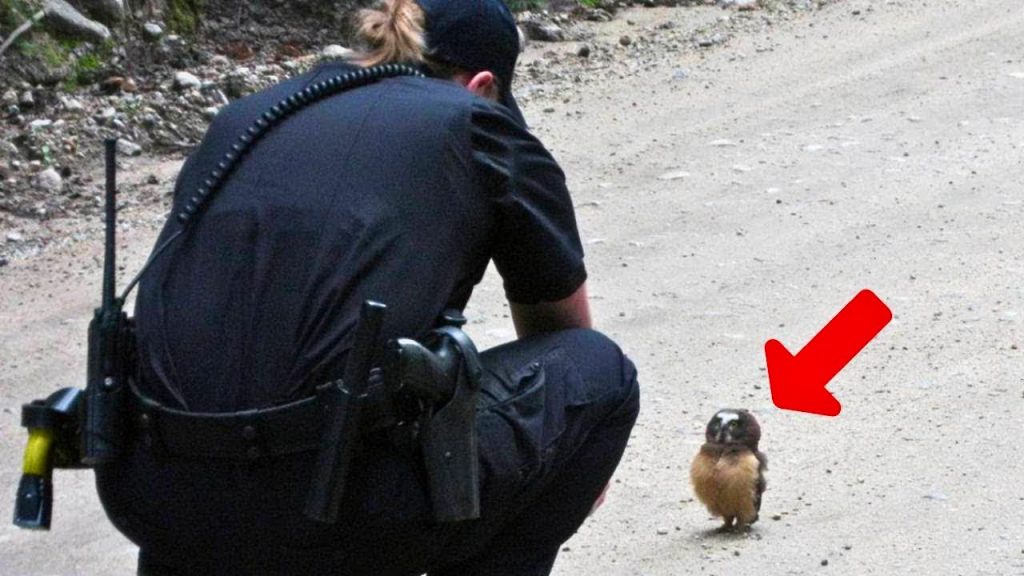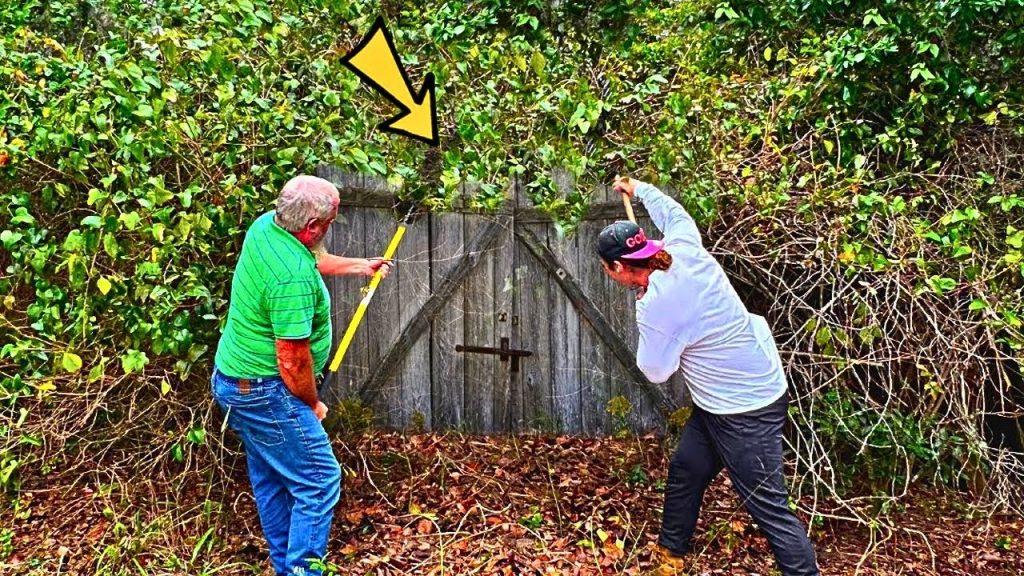From an early age we are taught that certain things need to be avoided in life, and poison ivy should always be at the top of the list of plants to stay far away from. Anyone who spends a lot of time enjoying the great outdoors, whether they’re hiking, working, playing, gardening, or the like, needs to be aware of what poison ivy plants look like. That way when they spot it they can give it a wide berth and avoid the painful, itchy rashes that it can cause.
The terrible rashes caused by poison ivy are never a laughing matter. At a minimum they are itchy and uncomfortable but some people suffer severe reactions and develop blisters that can leave scars or even worse. Tolerance for poison ivy varies from one person to the next, some of us may never experience a reaction to it while others break out without even coming into direct contact with the plant.
The nasty rashes are specifically caused by urushiol, an oily chemical resin that is found in the plant’s stems and leaves. Anything that comes into contact with urushiol picks it up and this is why the rash has the potential to spread so easily. Many times people don’t need to actually touch the plant because other items do, and so when you touch them the oil gets transferred to your skin. For example, if you drive over poison ivy the oil gets on your car tires, then if you touch the tires it gets on your hands and skin, and from there whatever else you touch may end up with urushiol oil on it. Other than tires, the most common items that get contaminated are things like rakes, gardening tools, chainsaws, shoes, and clothing.
While the best way to prevent a poison ivy rash is to avoid the plant in the first place, that’s obviously not always possible! If and when you ever come into contact with it down the line, you need to know this simple trick that can save you a lot of pain and suffering. The information that scientist and wildlife enthusiast Jim Brauker covers will help to minimize the risks and cut down on the odds of you developing the dreaded rash. As you can see in the video, he is actually holding the plant with his bare hands which means there is definitely urushiol all over them. However, he won’t get a rash because he knows the secret to stopping the toxic oil in its tracks!
According to Mr. Brauker, as soon as you know or even suspect that you have come into contact with poison ivy you need to wash the area thoroughly within 2-8 hours of exposure. The sooner you get the oil off, the better, and only use cold water, soap, and a clean washcloth when scrubbing it from your skin.
Using a washcloth is what’s most important here because it gives you the friction that is needed to really scrub, lift, and pick up all the oil off your skin. Without a washcloth or something similar to it, such as a loofah or towel, you can’t effectively remove all the urushiol. Using just your hands and soap only serves to spread the oil around and traces of it will still be left no matter how thoroughly you think you’ve cleaned the area. It doesn’t matter what type of soap you use, anything on hand will work fine. However, only use cold water and never wash with hot water because it opens pores up, which helps allow urushiol into your skin. After thoroughly scrubbing and rinsing the contaminated area, pat it dry with a fresh clean towel and continue to monitor it for any changes, just in case.
Here are some helpful sayings that provide more details on how to identify poison ivy plants. You’ve likely heard of these before, but one may be new and it’s always good to refresh your memory:
“Leaves of three, let them be. Leaves of five, let them thrive.” The first part of this old rhyme helps you to remember how to identify a poison ivy plant. The second half helps to prevent other vine-type plants that look similar to poison ivy from being wrongly associated or confused with it.
“Longer middle stem, don’t touch them.” Out of the three total leaves on a poison ivy plant, the middle one will have the longest stem.
“Hairy vine, no friend of mine.” The vines will have lots of tiny little ‘hairs’ that help it stick to things as it climbs. This is good to know since the leaves die and fall off in the fall/winter, but the stems, roots, and vines can still all give you a rash because they too contain urushiol oil.
Finally, there are other things to look for which include; glossy leaves with either smooth or toothed edges, and in late summer the plants (sometimes, not always) grow white berry clusters.
Please pass these tips on to all of the hikers, gardeners, nature enthusiasts, and other people you know who are likely to run into poison ivy and help them stay safe this summer!
Please SHARE This Trick With Your Family and Friends 🙂

